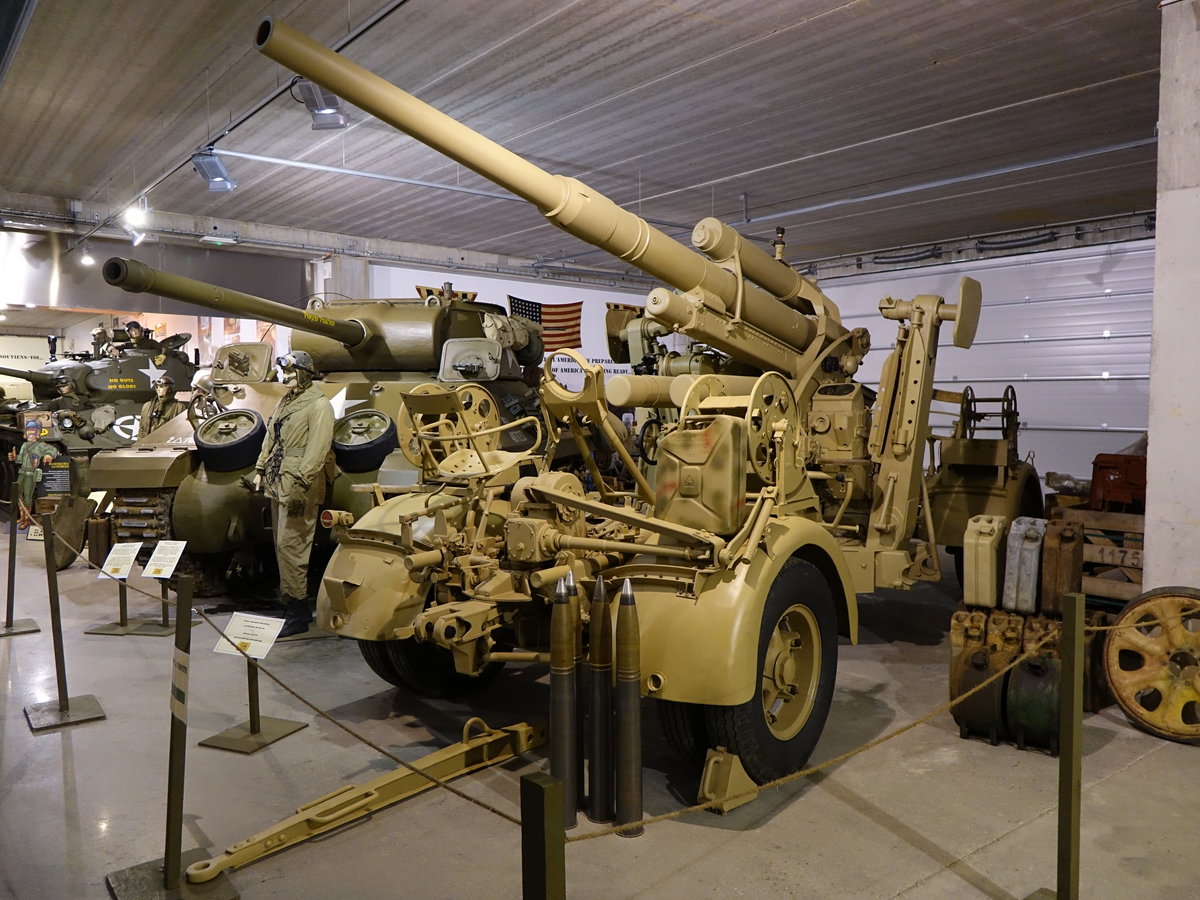

This destruction was carefully photographed by governmental agents for future. While modern weapons had helped create this problem, generals hoped that they would also assist the Army in fighting their way out of it. military vehicles were abandoned so that they could be destroyed by the. This system was strengthened with fortifications, underground shelters and thick belts of barbed wire.įor commanders, the greatest tactical problem was to get troops safely across the fire-swept divide between the trenches to penetrate enemy defences. Communication trenches linked them all together. The front-line trenches were backed-up by second and third lines: 'support' and 'reserve' trenches. These early trenches were built quickly and tended to be simple affairs that offered little protection from the elements. Both sides dug in and a line of trenches soon ran from the Channel to the Swiss frontier. The First Battle of Ypres (20 October - 22 November 1914) marked the end of open and mobile warfare on the Western Front.

The destructive power of modern artillery and machine guns forced soldiers to seek cover on the battlefield and dig in for protection.

Weapons played a large part in creating the difficult and unusual circumstances of trench warfare which the British Army encountered during the First World War (1914-18).


 0 kommentar(er)
0 kommentar(er)
